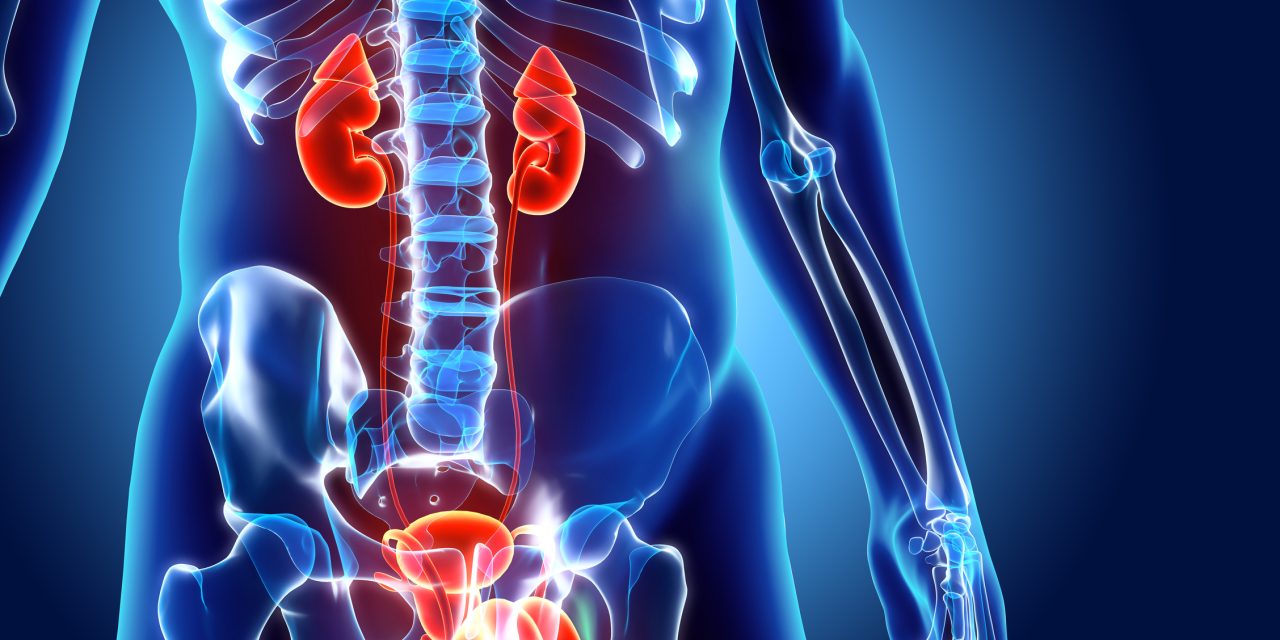The aim of this study was to perform a cross-sectional study of Polish neurogenic patients to measure, at the population level, the prevalence, bother and behavior associated with treatment for lower urinary tract symptoms (LUTS) and overactive bladder (OAB).
This epidemiological study was based on data from LUTS POLAND, a computer-assisted and population-representative telephone survey. Participants were classified by age, sex and place of residence.
LUTS POLAND includes 6005 completed interviews, of which 1166 (19.4%) were for individuals who had ever received any treatment by neurologists and/or neurosurgeons. Among these neurogenic participants, LUTS prevalence was 72.3%, statistically higher than for non-neurogenic respondents. At the population level, neurogenic patients had about a 20% higher risk for LUTS presence than non-neurogenic participants (relative risk: 1.17-1.21). LUTS prevalence did not differ between men and women. Frequency was the most common of the LUTS. Forty percent of neurogenic respondents described having more than one LUTS subtype (i.e., storage, voiding, and/or post-micturition symptom subtype), and more than 50% of respondents reported OAB symptoms. Both storage and voiding symptoms were bothersome, and many neurogenic individuals (42.3-51.0%) expressed anxiety about bladder function affecting quality of life. Only one-third (34.9-36.6%) of neurogenic participants had sought treatment for their LUTS, and the majority of such individuals received and maintained treatment.
LUTS and OAB symptoms were highly prevalent and bothersome among Polish neurogenic patients at the population level. Because the scale of seeking treatment for LUTS was low, Polish neurogenic patients may not be adequately informed about multiple effects of LUTS and OAB.
Population-Based Study of Prevalence, Bother and Behavior Related to Treatment for Lower Urinary Tract Symptoms and Overactive Bladder among Polish Neurogenic Patients.


